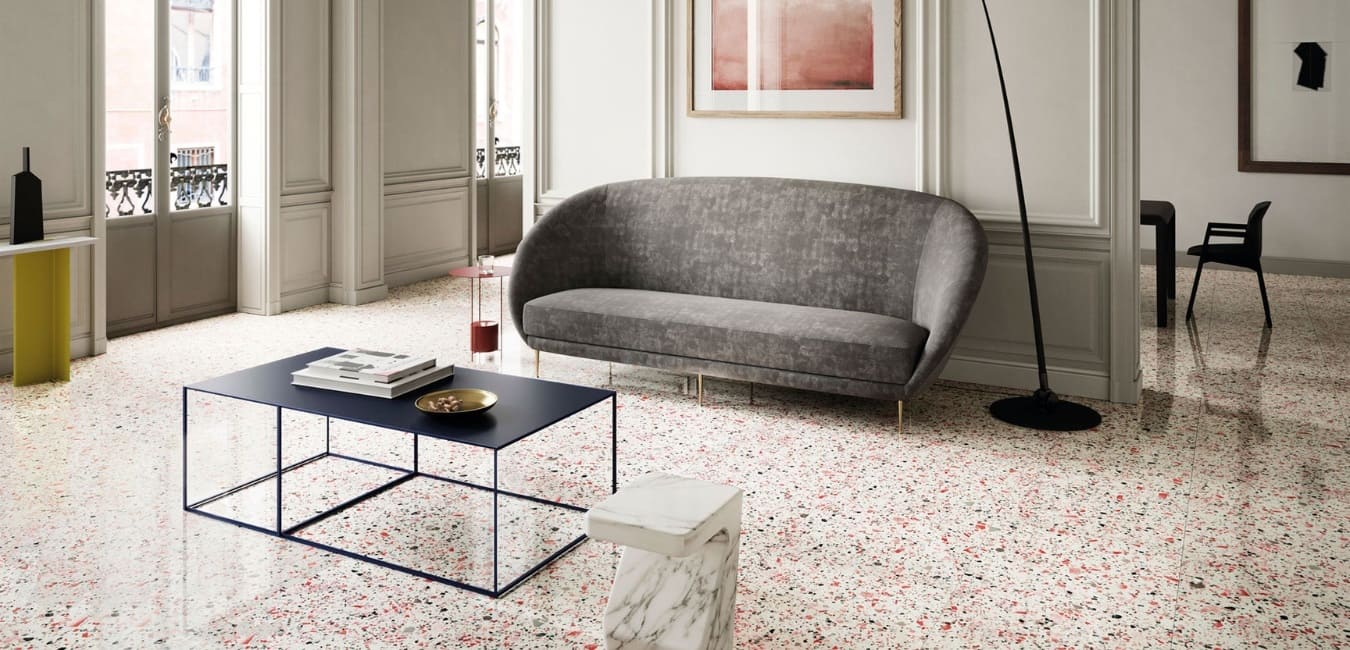

Articles
What Is A Terrazzo Floor
Modified: December 7, 2023
Discover the beauty and benefits of terrazzo floors with our informative articles. Learn everything you need to know about this timeless flooring option.
(Many of the links in this article redirect to a specific reviewed product. Your purchase of these products through affiliate links helps to generate commission for Storables.com, at no extra cost. Learn more)
Introduction
Terrazzo flooring is a timeless and versatile option that has been used for centuries to create beautiful and durable surfaces. With its unique blend of beauty and functionality, terrazzo flooring has seen a resurgence in popularity in recent years. If you’re considering installing terrazzo floors in your home or commercial space, it’s important to understand what exactly terrazzo flooring is and what it has to offer.
Terrazzo flooring is a type of composite material that is made by mixing marble, granite, quartz, or other suitable aggregates with a binder, such as epoxy resin or cement, and then grinding and polishing the surface to create a smooth, glossy finish. The result is a stunning mosaic-like floor that showcases the natural beauty of the aggregates and can be customized to match any design aesthetic.
One of the remarkable aspects of terrazzo flooring is its rich history. It can be traced back to ancient times, where it was used in the construction of temples and palaces in Egypt and Greece. The use of terrazzo flooring continued to evolve throughout the centuries, with notable examples found in the Venetian palaces of Italy during the Renaissance period.
Today, terrazzo flooring is experiencing a resurgence in popularity thanks to its durability, sustainability, and aesthetic appeal. Its versatility makes it suitable for a wide range of applications, from residential homes to commercial spaces such as restaurants, hotels, offices, and retail stores.
This article will delve deeper into the definition, history, composition, manufacturing process, benefits, drawbacks, and maintenance of terrazzo flooring. Additionally, we will explore popular applications of terrazzo floors and provide helpful tips for making the most out of this stunning flooring option.
Key Takeaways:
- Terrazzo flooring, with its rich history dating back to ancient civilizations, offers a visually stunning and durable option for both residential and commercial spaces. Its unique composition and design versatility make it a timeless and elegant flooring choice.
- While terrazzo flooring may have a higher initial cost and require professional installation, its benefits, including durability, low maintenance, and sustainability, make it a desirable investment for creating visually captivating and long-lasting surfaces.
Read more: How To Make Terrazzo Countertops
Definition of Terrazzo Flooring
Terrazzo flooring is a type of composite flooring material that is made by mixing aggregates such as marble, granite, quartz, glass, or other suitable materials with a binding agent, such as cement or epoxy resin. The mixture is poured and then cured to create a solid, durable surface.
What sets terrazzo flooring apart is its unique appearance. The aggregates used in terrazzo flooring can vary in size, shape, and color, allowing for endless design possibilities. Once the flooring is cured, it is ground and polished to create a smooth, glossy finish, revealing the beauty of the aggregates within.
Terrazzo flooring can be categorized into two main types: traditional terrazzo and engineered terrazzo. Traditional terrazzo refers to the original method of creating terrazzo flooring, which involves pouring the aggregates and binder directly on-site and then grinding and polishing the surface. Engineered terrazzo, on the other hand, is precast, meaning it is manufactured off-site and then installed as tiles or slabs.
One key feature of terrazzo flooring is its versatility. It can be customized to match any design aesthetic, from bold and vibrant colors to subtle and natural hues. Additionally, terrazzo flooring can be installed in various patterns, including geometric shapes, intricate designs, or simple monolithic looks.
While terrazzo flooring is predominantly used for interior spaces, it can also be installed outdoors in areas with temperate climates. Its durability and resistance to wear and tear make it an ideal choice for high-traffic areas such as lobbies, hallways, and commercial spaces.
Overall, terrazzo flooring is a visually stunning and durable option that can elevate the aesthetic of any space. Its versatility, customizable design options, and long-lasting performance make it a popular choice among homeowners, designers, and architects.
History of Terrazzo Flooring
The history of terrazzo flooring can be traced back thousands of years to ancient civilizations. The exact origin of terrazzo flooring is uncertain, as similar techniques were used simultaneously by different cultures. However, some of the earliest known instances of terrazzo flooring can be found in ancient Egypt.
During the construction of the Egyptian pyramids, workers discovered that by grinding limestone and other local stones together with a binder made from animal fat and water, they could create a durable and attractive flooring material. The resulting mixture was poured onto the floors and then polished using stones and abrasives to achieve a smooth surface.
In ancient Rome, terrazzo-like flooring was also prevalent. The Romans used a similar technique using crushed marble mixed with lime mortar to create stunning mosaic-like floors. These floors were then polished to achieve a lustrous finish.
Fast forward to the Renaissance period in Italy, and terrazzo flooring experienced a revival. The Venetian artisans perfected the art of terrazzo during this time, using marble chips set in cement to create intricate patterns and designs. These terrazzo floors adorned the palaces, churches, and public buildings of Italy and became a symbol of wealth and luxury.
After the Renaissance period, terrazzo flooring spread across Europe and later to the United States. In the United States, terrazzo flooring gained significant popularity in the 1920s and 1930s, with its widespread use in Art Deco architecture. Many public buildings, schools, and government institutions in the US were adorned with terrazzo floors during this era.
In recent years, terrazzo flooring has seen a resurgence in popularity due to its timeless appeal and sustainability. Designers and architects embrace terrazzo as a versatile material that can be used to create both traditional and contemporary designs. The beauty and durability of terrazzo continue to make it a sought-after flooring option for both residential and commercial spaces worldwide.
Today, terrazzo flooring is experiencing a renaissance in the design world, with modern techniques and materials being used to push the boundaries of its aesthetic possibilities. From traditional terrazzo with classic marble chips to more unconventional designs using recycled glass, terrazzo flooring continues to evolve and captivate the imagination of designers and homeowners alike.
Composition of Terrazzo Floors
Terrazzo floors are composed of two main elements: aggregates and a binding agent. The aggregates used in terrazzo flooring can be natural materials such as marble, granite, quartz, or recycled glass. These aggregates are the primary visual component of terrazzo, providing color, texture, and pattern to the finished floor.
The binding agent used in terrazzo flooring holds the aggregates together and provides structural integrity. The most common binding agents used in terrazzo are cement and epoxy resin. Cement is a traditional choice that offers strength, durability, and affordability. Epoxy resin, on the other hand, is a more modern option that provides a smoother and more seamless finish, as well as additional flexibility in design possibilities.
When creating terrazzo flooring, the aggregates and binding agent are mixed in a precise ratio to ensure proper binding and adhesion. The ratio of aggregates to the binding agent may vary depending on the desired look, application, and strength requirements of the flooring.
In addition to aggregates and a binding agent, terrazzo flooring can also incorporate other elements to enhance its characteristics. These elements may include pigments to add color to the binder, decorative strips or dividers to create delineation between different sections of the floor, or even embedded designs such as logos or patterns created with brass or zinc strips.
The composition of terrazzo flooring can be further customized by selecting specific types of aggregates. For example, using marble aggregates will provide a classic and elegant look, while granite aggregates offer a more durable and rugged appearance. Quartz aggregates can add a touch of sparkle and create stunning visual effects, while recycled glass aggregates contribute to environmental sustainability.
The selection of the binding agent also impacts the composition of terrazzo flooring. Cement-based terrazzo is typically a mixture of cement, sand, and water, while epoxy resin terrazzo consists of epoxy resin, a hardener, and filler materials. The choice of binding agent can affect the overall appearance, durability, and maintenance requirements of the flooring.
Overall, the composition of terrazzo floors involves a careful balance of aggregates, binding agent, and additional elements to create a visually appealing, durable, and functional flooring surface. The combination of these elements allows for endless possibilities in design, color, and texture, making terrazzo flooring a versatile choice for various architectural and design applications.
Manufacturing Process of Terrazzo Floors
The manufacturing process of terrazzo floors involves several steps, from the preparation of materials to the final polishing. While there are variations in the process depending on the specific type of terrazzo and installer preferences, the general steps remain the same.
1. Surface Preparation: The first step in manufacturing terrazzo floors is preparing the surface on which the flooring will be installed. This involves removing any existing flooring, cleaning the substrate, and ensuring it is level and free from debris or moisture.
2. Aggregates Selection: The next step is selecting the aggregates that will be used in the terrazzo mixture. This can include marble chips, granite, quartz, or recycled glass, among other options. The aggregates are typically sorted by size to create a more uniform appearance and facilitate the installation process.
3. Mixing the Binder: The binding agent, either traditional cement or epoxy resin, is mixed according to the manufacturer’s instructions. For cement-based terrazzo, a mixture of cement, sand, and water is blended until it achieves a consistent and workable texture. If epoxy resin is used, the resin and hardener are mixed together in the correct ratio. Additional additives such as pigments can be added to achieve desired colors.
4. Application: Once the binder is ready, it is applied to the prepared surface, typically in layers. The binder is spread evenly, and the aggregates are scattered or broadcasted onto the wet binder, ensuring they are evenly distributed. Depending on the desired thickness and design, multiple layers may be applied, allowing each layer to partially dry before adding the next.
5. Compaction and Curing: After the aggregates are applied, the terrazzo surface is compacted using a roller or trowel to ensure proper adhesion between the aggregates and the binder. The terrazzo is then left to cure and harden for a specified period, allowing the binder to fully set and the floor to become solid and stable.
6. Grinding and Polishing: Once the terrazzo has fully cured, the surface is ground and polished to achieve a smooth and lustrous finish. This involves using various abrasive tools, such as diamond-grit pads or discs, to remove the top layer of the terrazzo and expose the aggregates beneath. The grinding process is followed by multiple stages of polishing, using finer grits to refine the surface and enhance its shine.
7. Sealing: To protect the terrazzo surface from stains, scratches, and daily wear and tear, a sealant is applied. The sealant helps to enhance the durability and longevity of the terrazzo flooring, making it easier to clean and maintain.
8. Final Cleaning: Once the terrazzo is fully polished and sealed, a thorough cleaning is performed to remove any residual dust or debris. This ensures a pristine and ready-to-use terrazzo floor.
The manufacturing process of terrazzo floors requires expertise, precision, and attention to detail to achieve a high-quality, long-lasting result. By following these steps and utilizing the appropriate tools and materials, a beautiful terrazzo floor can be created, showcasing the unique beauty and design possibilities of this versatile flooring material.
When cleaning a terrazzo floor, avoid using acidic or abrasive cleaners as they can damage the surface. Instead, use a neutral pH cleaner and a soft mop or cloth for regular maintenance.
Benefits of Terrazzo Flooring
Terrazzo flooring offers a multitude of benefits that make it a popular choice for both residential and commercial spaces. Here are some of the key advantages of choosing terrazzo flooring:
1. Durability: Terrazzo floors are highly durable and can withstand heavy foot traffic, making them ideal for high-traffic areas such as lobbies, hallways, and commercial spaces. They are resistant to scratches, stains, and wear, ensuring long-lasting performance and a beautiful appearance for years to come.
2. Design Versatility: Terrazzo flooring provides endless design possibilities. The wide range of aggregates available, including marble, granite, quartz, and glass, allows for customization and the creation of unique patterns, color combinations, and decorative elements. Terrazzo can be tailored to fit any design aesthetic, from classic and elegant to modern and bold.
3. Visually Stunning: One of the standout features of terrazzo flooring is its visual appeal. The polished surface showcases the beauty and natural variations of the aggregates, creating a mesmerizing mosaic-like effect. The vibrant colors, intricate patterns, and rich textures of terrazzo can elevate the aesthetic of any interior space.
4. Low Maintenance: Terrazzo floors are relatively easy to maintain. The sealed surface prevents the absorption of liquids, making it resistant to stains. Regular sweeping or vacuuming, along with occasional mopping with a mild detergent, is usually sufficient to keep the floor clean and looking its best. Additionally, terrazzo is less prone to fading or discoloration over time, maintaining its beauty with minimal effort.
5. Longevity: Terrazzo flooring is known for its longevity and durability. When properly installed and maintained, terrazzo floors can last for decades, making them a cost-effective investment in the long run. With periodic sealing and routine care, terrazzo floors can retain their original shine and beauty for many years.
6. Hygienic: The smooth and non-porous surface of terrazzo flooring makes it resistant to bacteria, mold, and allergens. This makes it a hygienic option, particularly for spaces where cleanliness is essential, such as hospitals, schools, and kitchens. Terrazzo floors are easy to sanitize and maintain a healthy indoor environment.
7. Sustainable: Terrazzo flooring can be an environmentally friendly choice. The use of recycled glass in terrazzo contributes to reducing waste and conserving natural resources. Additionally, the longevity of terrazzo floors means they don’t need frequent replacement, reducing the consumption of new flooring materials over time.
8. Air Quality: Terrazzo flooring does not emit volatile organic compounds (VOCs) or other harmful substances, contributing to better indoor air quality. This is especially beneficial for individuals with allergies or respiratory sensitivities.
Overall, the benefits of terrazzo flooring, including its durability, design versatility, low maintenance, longevity, and sustainable characteristics, make it a highly desirable option for creating visually stunning and practical surfaces in both residential and commercial settings.
Drawbacks of Terrazzo Flooring
While terrazzo flooring offers numerous benefits, it’s important to consider the potential drawbacks before making a decision. Here are some of the possible drawbacks of terrazzo flooring:
1. Initial Cost: Terrazzo flooring tends to have a higher initial cost compared to other flooring options. The materials used in terrazzo, such as high-quality aggregates and binding agents, along with the skilled labor required for installation, contribute to the higher upfront expenses. However, considering its durability and longevity, terrazzo can be a cost-effective choice in the long run.
2. Installation Complexity: Installing terrazzo flooring requires expertise and skill. The process involves multiple steps, including surface preparation, mixing and pouring the binder, scattering aggregates, grinding, and polishing. Improper installation can result in defects or unevenness, which may require additional time and cost for repairs.
3. Coldness: Terrazzo flooring, especially when not installed over a radiant heating system, can feel cold underfoot, particularly in cooler climates. This can be mitigated by using rugs or installing underfloor heating.
4. Hardness: While the durability of terrazzo flooring is an advantage, it can also be a drawback in terms of comfort. Terrazzo is a hard surface and may not provide the same level of cushioning and comfort as softer flooring materials like carpet or vinyl. Using rugs or area mats can help add some softness underfoot.
5. Susceptibility to Cracks: Despite being durable, terrazzo flooring can develop cracks over time due to shifting or settling of the underlying structure. This can be more prevalent in older buildings or environments with unstable foundations. However, proper installation and regular maintenance can help mitigate this issue.
6. Slippery Surface: The polished surface of terrazzo flooring can become slippery when wet. This can pose a safety concern, particularly in areas prone to spills or where slip-resistance is essential. Using slip-resistant coatings or incorporating textured designs can help improve traction and minimize the risk of slips and falls.
7. Limited DIY Options: Terrazzo flooring installation is a specialized process that requires professional skills and equipment. Unlike some other flooring options that are more DIY-friendly, terrazzo installation is best left to experienced contractors.
8. Difficult Repairs: In the event of damage or the need for repairs, addressing specific issues with a terrazzo floor can be challenging. The process typically involves grinding and re-polishing the affected area, which may require professional expertise and can result in color variation if the original aggregates cannot be replicated exactly.
Considering these potential drawbacks alongside the benefits can help you make an informed decision about whether terrazzo flooring is the right choice for your specific needs and preferences.
Maintenance and Care of Terrazzo Floors
Maintaining and caring for terrazzo floors is relatively straightforward, and with proper upkeep, they can maintain their beauty and durability for many years. Here are some essential maintenance tips for terrazzo flooring:
1. Regular Cleaning: Good housekeeping practices are key to keeping terrazzo floors in top condition. Sweep or vacuum the floor regularly to remove dirt, dust, and debris that can scratch the surface. Use a soft-bristled broom or a vacuum cleaner with a brush attachment to avoid scratching the polished surface.
2. Spot Cleaning: Promptly clean up spills to prevent stains. Blot the area with a clean cloth or paper towel to absorb the liquid, then clean the area with a mild pH-neutral cleaner and water. Avoid using harsh chemicals or abrasive cleaners, as they can damage the terrazzo surface and degrade the sealant.
3. Periodic Mopping: Periodically mop the terrazzo floor using a mild detergent and water solution. Ensure the detergent is specifically formulated for use on terrazzo or a pH-neutral cleaner. Avoid excessive water or soaking the floor, as this can permeate the surface and weaken the adhesion of the binding agent.
4. Sealant Maintenance: Terrazzo floors are typically sealed to protect against stains and wear. Depending on the type of sealant used, resealing may be necessary every few years to maintain the protective barrier. Consult with a professional or refer to the manufacturer’s guidelines for the recommended sealing schedule.
5. Preventive Measures: Use doormats or entryway rugs to capture dirt and prevent it from being tracked onto the terrazzo floor. Place felt pads on the legs of furniture to prevent scratches when moving them. Avoid dragging heavy objects across the floor, as they can cause damage.
6. Avoid Harsh Chemicals: Harsh chemicals, acidic substances, or abrasive cleaners can damage the terrazzo surface. Avoid using vinegar, bleach, ammonia-based cleaners, or any products containing acidic ingredients. Instead, opt for pH-neutral cleaners formulated for terrazzo or those recommended by the manufacturer.
7. Regular Inspection: Periodically inspect the terrazzo floor for any signs of wear, chips, cracks, or deterioration. Promptly address any issues by contacting a professional terrazzo restoration specialist to evaluate and repair the damaged areas.
8. Professional Maintenance: For deep cleaning, polishing, or repairs, it is advisable to consult with a professional terrazzo maintenance and restoration company. They have the expertise and specialized equipment to properly restore and rejuvenate the terrazzo surface when needed.
By following these maintenance and care guidelines, you can ensure your terrazzo floor retains its beauty, durability, and longevity. Regular cleaning, preventive measures, and professional maintenance when necessary will help preserve the integrity and aesthetics of your terrazzo flooring for years to come.
Popular Applications of Terrazzo Floors
Terrazzo flooring is a versatile option that can be used in a wide range of residential and commercial applications. Its unique design possibilities, durability, and timeless appeal make it a popular choice for various spaces. Here are some of the popular applications of terrazzo floors:
1. Residential Homes: Terrazzo flooring is increasingly used in residential settings, adding elegance and sophistication to living spaces, kitchens, bathrooms, and even outdoor areas. Whether incorporated as a focal point in entryways or as a seamless flooring choice throughout the home, terrazzo can enhance the overall aesthetic and value of residential properties.
2. Commercial Spaces: Terrazzo flooring is commonly selected for commercial spaces such as hotels, restaurants, retail stores, and offices. Its durability, low maintenance requirements, and high visual impact make it an ideal choice for areas with heavy foot traffic. Terrazzo’s customizable design options also allow for branding integration, custom patterns, and creative installations in commercial settings.
3. Hospitals and Healthcare Facilities: Terrazzo is a popular choice for hospitals and healthcare facilities due to its hygienic properties and ease of maintenance. Its non-porous surface inhibits the growth of bacteria, making it a suitable flooring option for areas that require high cleanliness standards.
4. Educational Institutions: Terrazzo flooring is often found in schools, colleges, and universities. The durability and longevity of terrazzo can withstand the heavy use and foot traffic in educational facilities. Additionally, terrazzo’s ability to incorporate custom designs, logos, and colors make it a popular choice for school emblems and branding.
5. Cultural and Historical Buildings: Terrazzo has a rich history and is commonly used in the preservation and restoration of cultural and historical buildings. Its ability to replicate traditional flooring styles and intricate patterns allows these buildings to maintain their original charm while benefitting from the durability and longevity of modern terrazzo materials.
6. Public Spaces and Government Buildings: Terrazzo flooring has been a top choice for public spaces such as museums, libraries, and civic centers. The versatility of terrazzo allows for the customization of large-scale designs, creating impressive and visually captivating flooring for these locations.
7. Transportation Hubs: In airports, train stations, and bus terminals, terrazzo flooring is a popular choice due to its durability, ease of cleaning, and ability to withstand heavy foot traffic. Its aesthetic appeal also contributes to a pleasant travel experience for passengers.
8. Retail Stores and Shopping Centers: Many retail stores and shopping centers opt for terrazzo flooring to create a visually attractive and inviting shopping environment. Terrazzo’s reflective properties and design flexibility can enhance the visual merchandising and showcase products effectively.
These are just a few examples of the popular applications for terrazzo flooring. Its adaptability, durability, and ability to create stunning visual effects make it a sought-after choice for a wide range of projects, both residential and commercial, where aesthetics, longevity, and functionality are crucial factors.
Conclusion
Terrazzo flooring is a remarkable option that embodies the perfect blend of beauty, durability, and versatility. Its history dates back centuries, with its origins rooted in ancient civilizations. Today, terrazzo is experiencing a resurgence in popularity, thanks to its visually stunning mosaic-like appearance and its ability to be customized to match any design aesthetic.
With its unique composition of aggregates and binding agents, terrazzo floors offer numerous benefits. They are highly durable and can withstand heavy foot traffic, making them suitable for both residential and commercial spaces. The design possibilities are endless, allowing for the creation of intricate patterns, vibrant colors, and one-of-a-kind designs. Terrazzo flooring is also easy to maintain, with regular cleaning and occasional resealing ensuring its long-lasting beauty.
While there are some potential drawbacks, such as the initial cost and the need for professional installation, the benefits of terrazzo outweigh these considerations. Its sustainability, resistance to stains and wear, and hygienic properties make it an appealing choice for a variety of applications, including residential homes, commercial buildings, hospitals, schools, and cultural establishments.
Whether you’re looking to create a timeless and elegant flooring in your home or wanting to enhance the visual appeal of a commercial space, terrazzo flooring offers a solution that is both aesthetically pleasing and built to last. Its ability to seamlessly merge durability with artistic expression sets it apart from other flooring options.
In conclusion, terrazzo flooring is a versatile and enduring choice that adds a touch of sophistication and style to any environment. Its rich history, stunning designs, and practical benefits make it an excellent investment for those who appreciate the beauty and long-lasting performance of this unique flooring material.
Frequently Asked Questions about What Is A Terrazzo Floor
Was this page helpful?
At Storables.com, we guarantee accurate and reliable information. Our content, validated by Expert Board Contributors, is crafted following stringent Editorial Policies. We're committed to providing you with well-researched, expert-backed insights for all your informational needs.
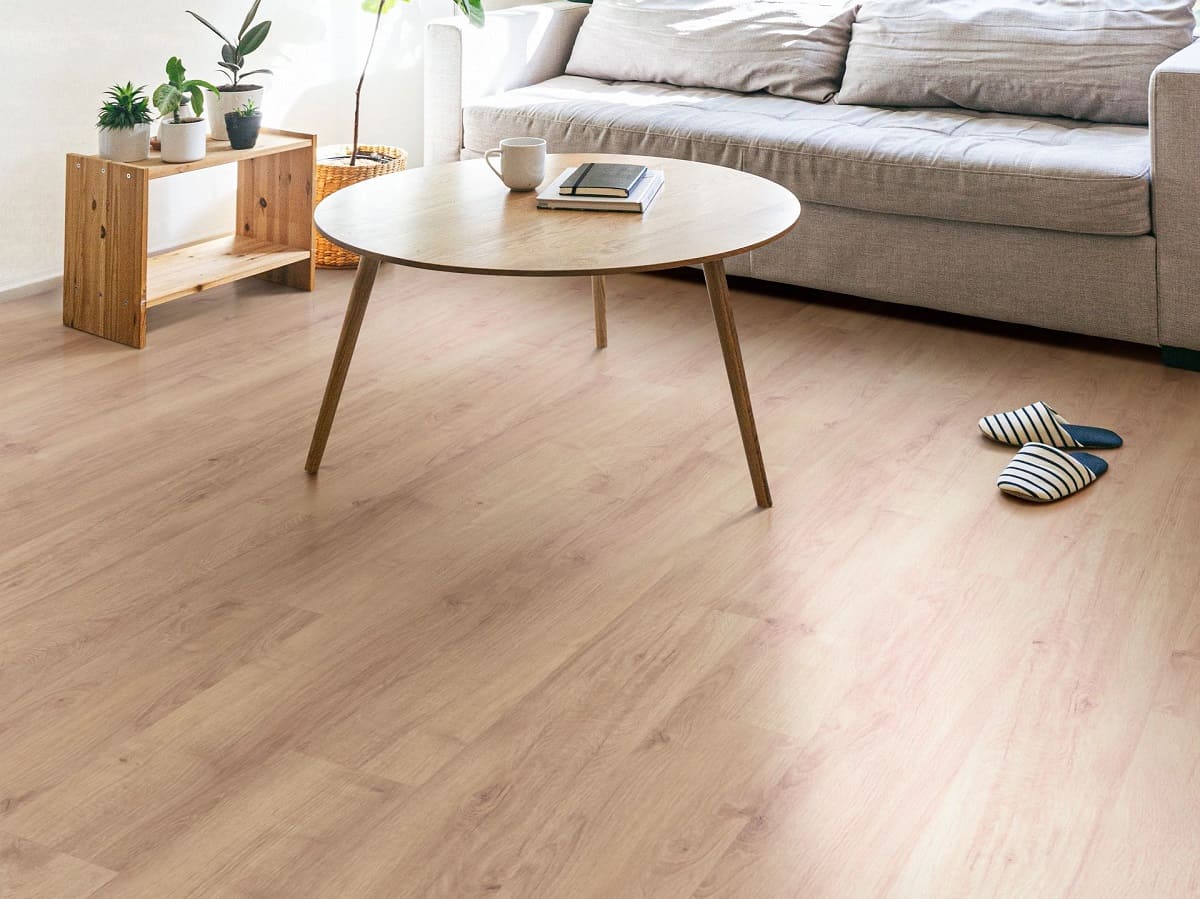

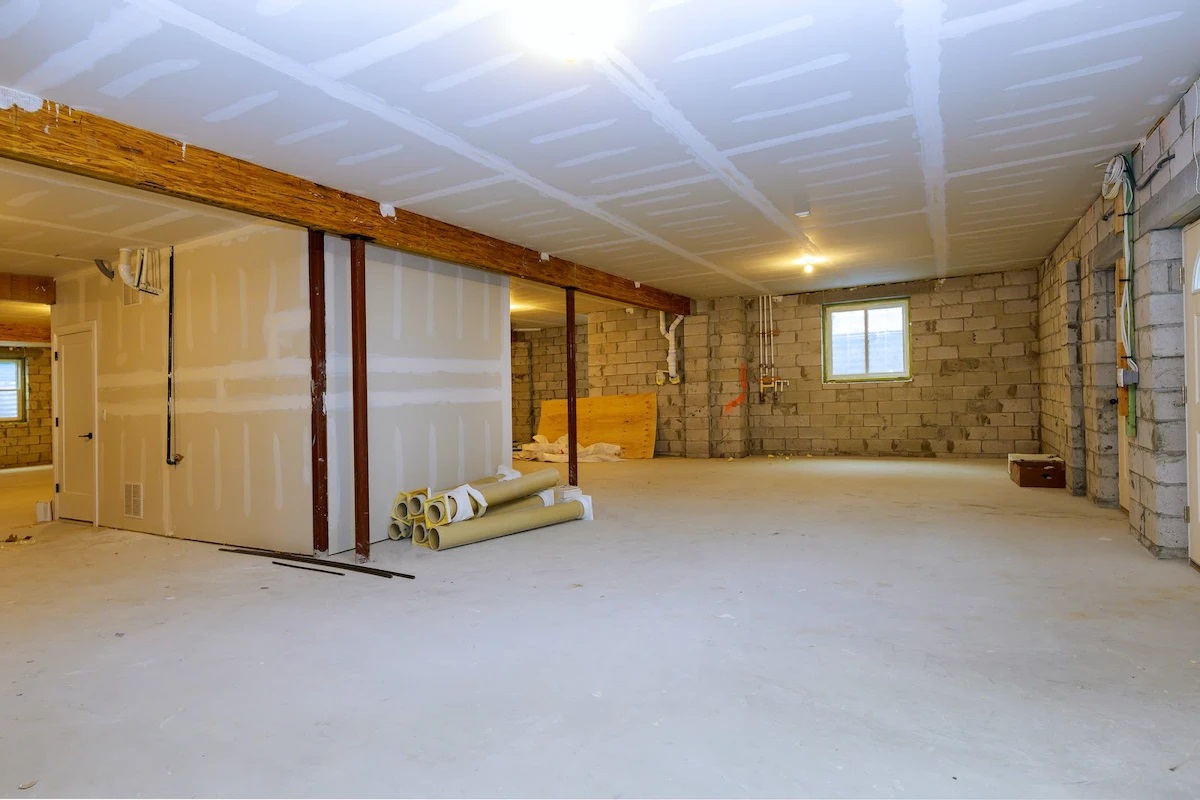
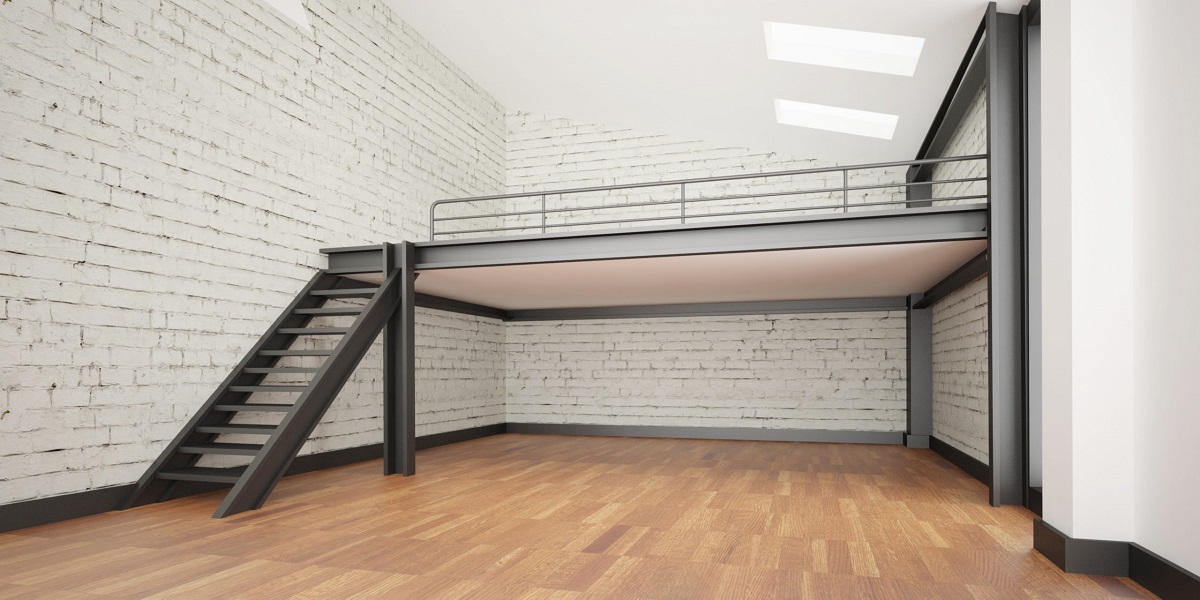
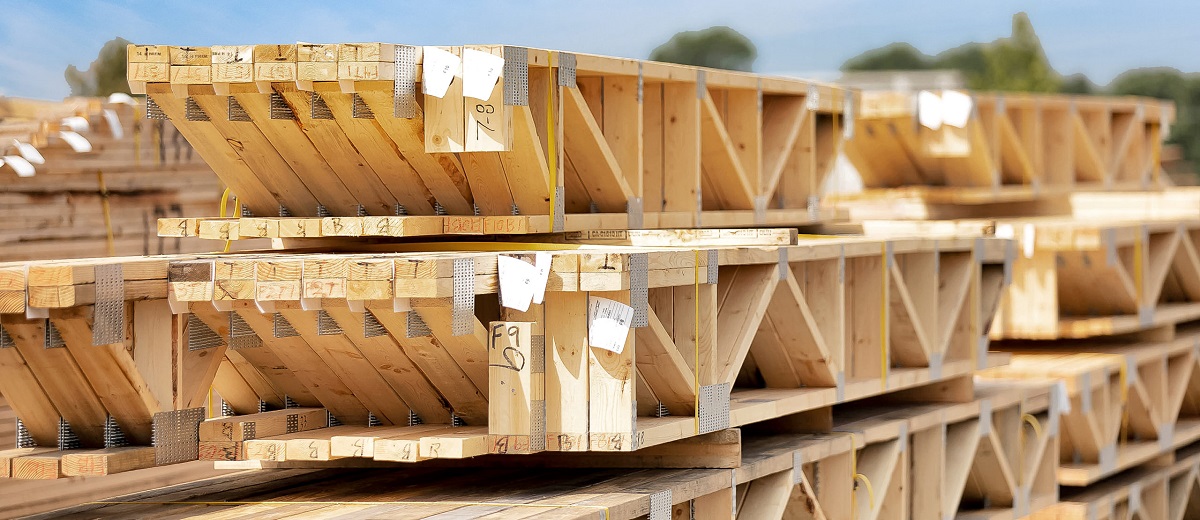
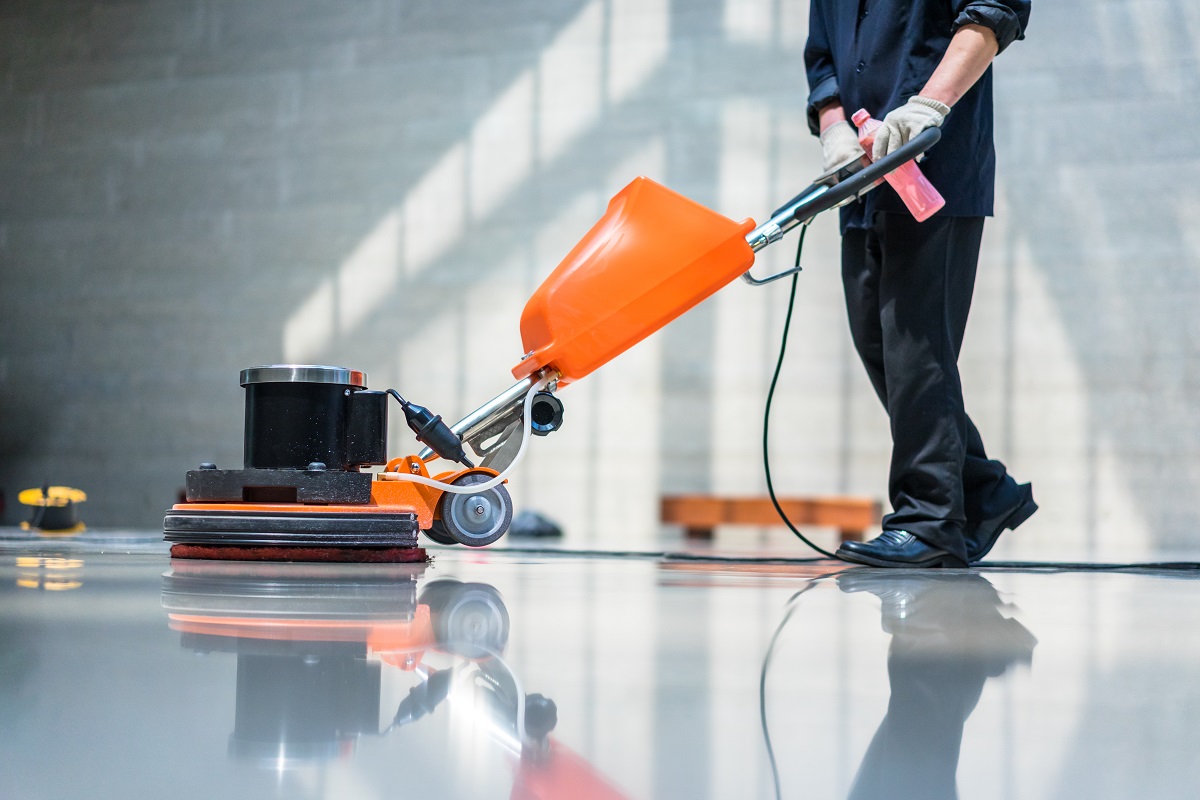
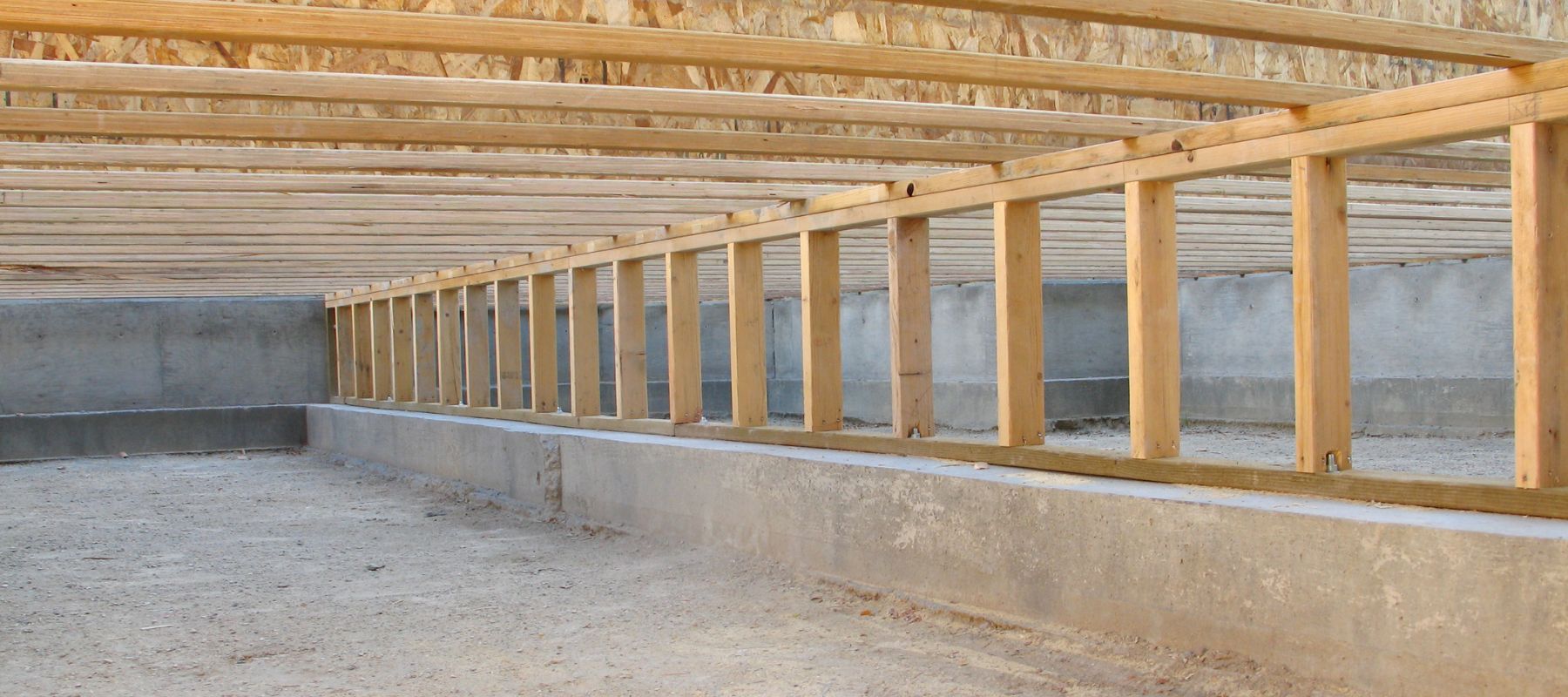

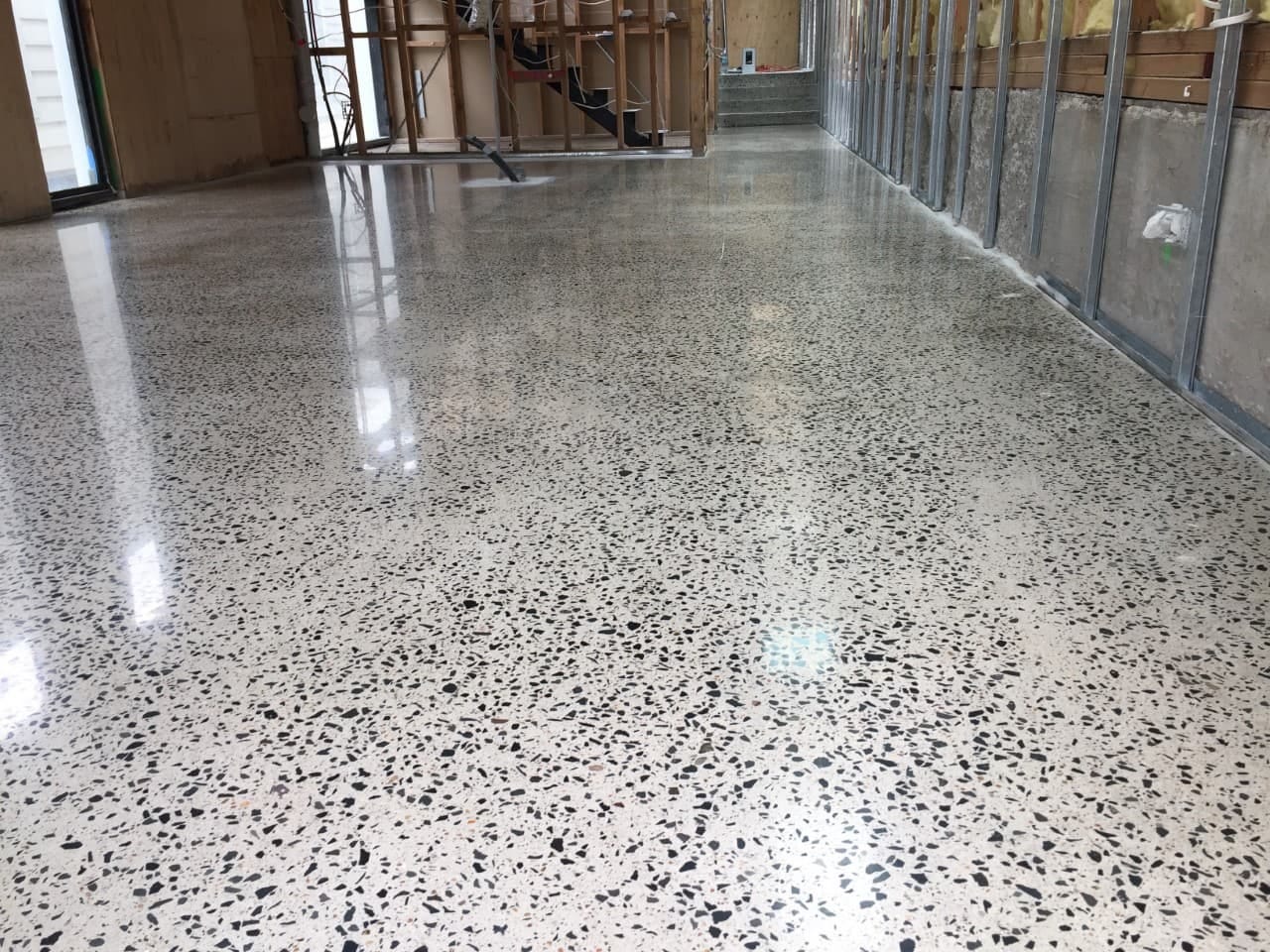
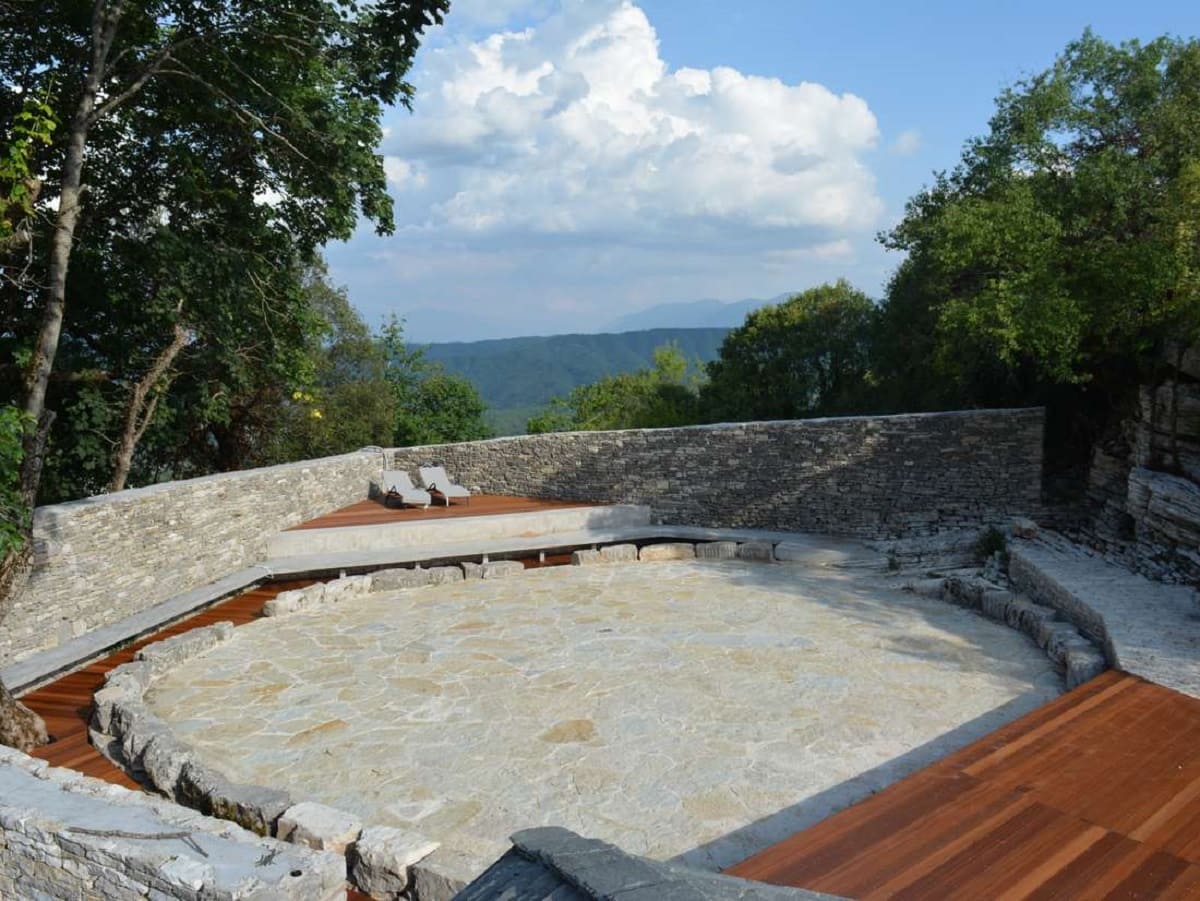
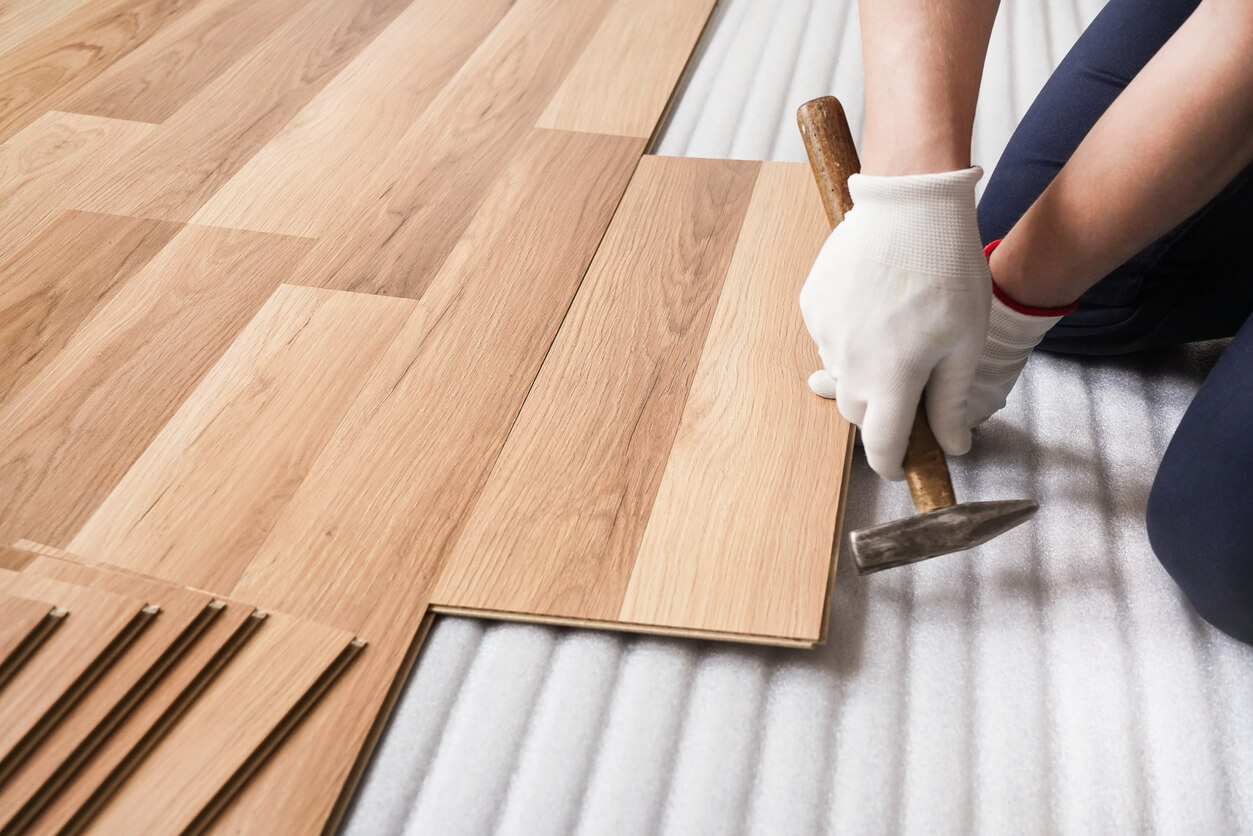



0 thoughts on “What Is A Terrazzo Floor”